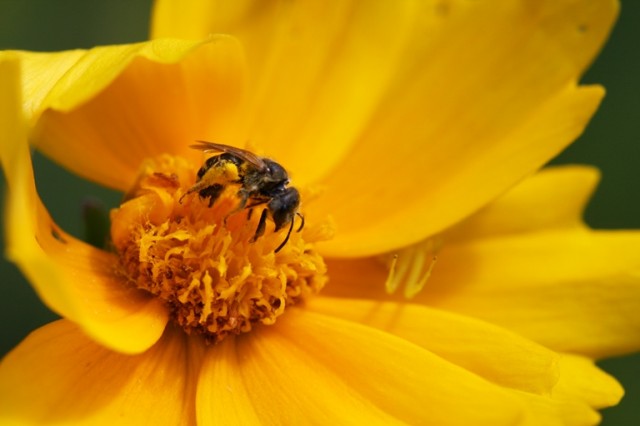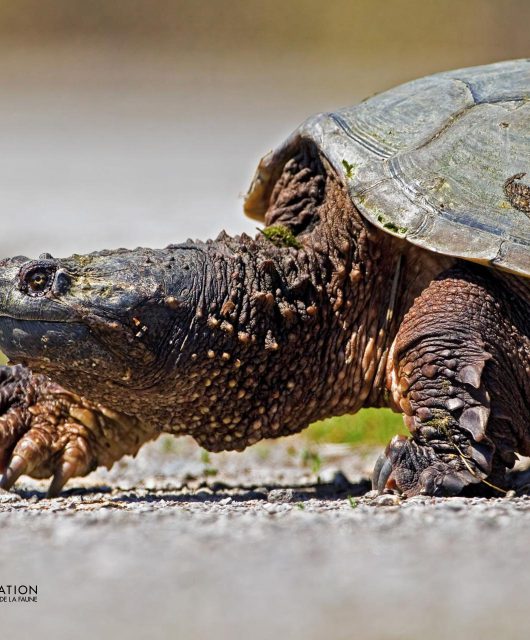[PHOTOS: CWF]
Driving around these days I’ve noticed peonies and bush roses brightening up gardens and pathways. Here in our wildlife friendly demonstration gardens, our Rosa carolina started blooming this week (see below). Both the bee and hover fly were making good use of its pollen and nectar when this photo was taken!
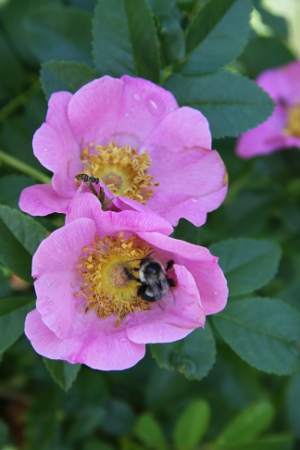
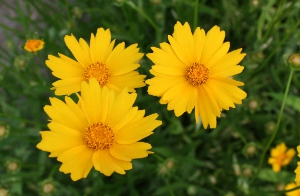
Joining the parade of spring colours (can’t call it summer yet, not technically anyhow) is coreopsis (also shown at the top of this post). It’s flower stems reach around a foot or so and will bloom for several weeks.
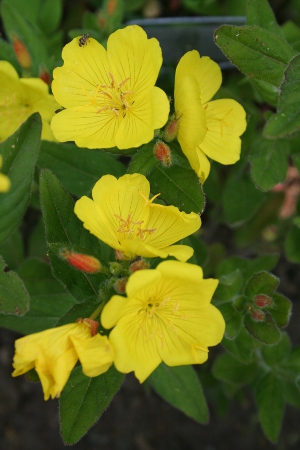
We also get some yellow from sundrops, in the Oenothera genus. It’s a cousin of the tall evening primrose that you sometimes see popping up at the side of the road. Unlike that biannual, ours is a shorter and also a perennial so we know exactly where it will be each year.

As for shrubs, our highbush cranberry and nannyberry bushes are finishing their blooms but our other Viburnum, arrowwood viburnum, is now in full swing. One way to help tell it apart when not in bloom is its leaves are toothed (also called serrated) with very large teeth rather than the dainty ones of nannyberry or lobes of high bush cranberry. The veins also show very clearly.
For more photos and information on these and other native plants of Canada, or wildlife friendly gardening in general, visit WildAboutGardening.org.

